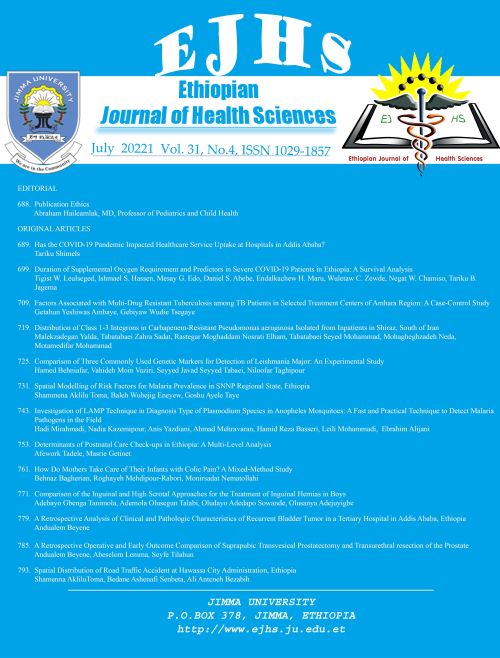Main Article Content
Designing an Informal Payment Model for Patients Admitted in the Iran Health System: A qualitative Study
Abstract
BACKGROUND፡ Countries rely on out-of-pocket spending to different degrees and employ varying techniques. This study aimed at designing an out-of-pocket payment model of patients admitted to the Iran health system.
METHODS: This study was a combined qualitative and quantitative study. The statistical population of the qualitative section was 30 experts who were purposefully selected and continued by snowball method until data saturation, and in the quantitative section were 212 managers of the Ministry of Health. The questionnaire was designed based on qualitative analysis. Content validity was confirmed based on expert opinion and structural validity using exploratory factor analysis and confirmatory factor analysis. Reliability was confirmed using CRONBACH's alpha coefficient and composite reliability. For model adequacy, KMO index and Bartlett test were used, and for model fit, CFI and IFI fitness index were used.
RESULTS: Based on the results of 6 main themes, 20 Concept and 120 sub-themes of out of pocket payment of hospitalized patients were extracted. The value of chi-square was 4599.861, the degree of freedom was 2421 and the result of their ratio was 1.899 in the model, which was an acceptable value. CFI and IFI fitness indicators are acceptable. The SRMR index was 0.1153, which indicates the adequacy of the model.
CONCLUSION: The findings showed that the main dimensions of out of pocket payment of hospitalized patients include causal factors, underlying factors, intervening factors, pivotal categories, strategies and consequences. Therefore, the use of a paradigm model to pay attention to all the effective dimensions in reducing the payment of hospitalized patients is recommended.






